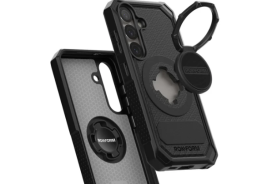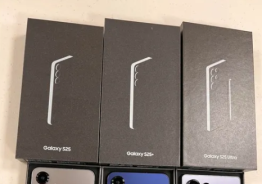Last Tuesday, Yota Devices formally announced their partnership with Chinese manufacturer, ZTE. The company also announced that ZTE will produce the next generation YotaPhone that will be released in the first quarter of 2016. The decision to move manufacturing from Singapore to China was to integrate mobile services and software that will help launch the company to the international scene. A report from OANA also notes that moving the manufacturing to China will also reduce the cost of the YotaPhone by 30%.
The YotaPhone series was a product of the LTE evolution in Russia and its predecessors were introduced as a compatible device with the first company to provide 4G network services. The YotaPhone was one of a kind in its day and offered a double-display monitor with a screen size of 4.3 inches at 720 x 1280 pixels (~342 ppi pixel density), a 13 MP camera and a Dual-core 1.7 GHz Krait. (Credits to GSMArena for the specs).
The next generation of YotaPhone will be simultaneously assembled in China and Russia, with the latter making a special edition. As of this time, the company has made no hints as to what specs the YotaPhone 3 will carry and whether it will continue to use Android as an operating system as there were eariler unconfirmed rumors of a switch to Jolla's Sailfish mobile OS. Since Yota is aiming for international renown by striking a deal with ZTE, we can safely assume that they will continue to use Android for both desirability and continuity.
In related news, ZTE also selected a new partner in the form of Celltick, who will power the start screen of its Android devices. The Celltick Start interface will allow users to customize how their smartphones wake up. Personalizing launched apps, better access to the user's social media, stickers and interactive games on their locked screens are just some of the functions of the new Start interface.
© Copyright 2025 Mobile & Apps, All rights reserved. Do not reproduce without permission.












